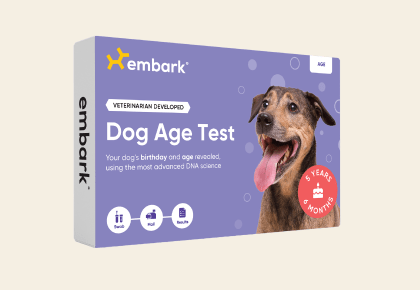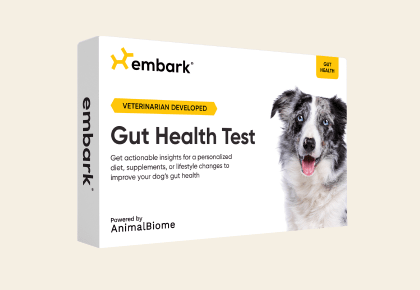The sun is out and your dog’s tongue is out, it’s time for fun! Finally, you and your dog can hit the trails early, chill poolside, or go to the beach and play ultimate frisbee. However, high temperatures come with higher risks of dog overheating, the number one canine safety concern in the summer.
Whatever summer activity you choose, when it comes to fun with your four-legged friend, knowing how to protect your dog is key. Learn more about what puts dogs at risk for overheating, what signs you should look out for, and what you should do if your dog seems to be overheating.

How dogs stay cool
There’s a reason why your dog’s tongue is always out this season. Dogs do sweat, but they don’t sweat all over their body, the way humans do. Their sweat glands are found in their paw pads. Panting is the most efficient way for your pup to reduce their core body temperature.

As you and your dog spend time under the hot sun, heat exhaustion can lead to heatstroke, which can escalate quickly. Watching out for signs of overheating in dogs can help you take action before your dog’s temperature gets high enough to lead to heatstroke.

Signs of overheating in dogs
Summer activities with your dog are the best, but make sure you’re keeping a close eye out for signs of overheating in dogs. Signs of overheating in dogs can include:
- Panting
- Drooling (particularly if your dog is drooling more than usual),
- Vomiting
- Dry or red gums
- Diarrhea
- Wobbly legs
- Elevated temperature
Remember that a dog’s typical temperature is generally between 100.5°F and 102.5°F.

Can my dog overheat even if they are swimming?
Yes! Dogs can overheat even while swimming. This is most likely to happen with prolonged swimming, especially in dogs with thick coats or in brachycephalic (short-nosed) breeds like the Pug. Pools with warm water or shallow bodies of water (and minimal shade) can even trap heat, making overheating more likely.
What to do if your dog is overheating
Panting is one of the earliest and most common signs of an overheated dog, so pay attention if your dog is breathing unusually fast and if their breathing is noisy. If your dog is overheating, contact your veterinarian as soon as possible. You should also try to lower their body temperature and remove them from a hot environment if possible. Avoid giving them ice baths or lowering their temperature too quickly.

Risk factors for overheating
Certain dogs are especially at risk for overheating. Knowing the risk factors can help you prevent heat exhaustion or heatstroke. If you have a large dog, a brachycephalic (flat-faced) dog, or a dog who is obese, keep a particular eye out for symptoms. There are certain health conditions or medical histories that can also put your dog at risk for overheating. For example, there is a mutation in the DNM1 gene in certain dogs that can cause a condition known as Exercise-Induced Collapse, which is aggravated by heat.

Embark tests for Exercise-Induced Collapse along with 270+ other genetic health risks. Using an Embark Breed + Health Test can help you and your vet provide your pup with proactive, personalized care.

By knowing the signs of overheating to watch out for, plus these safety tips about dog paw protection, you and your dog can stay cool this summer.










